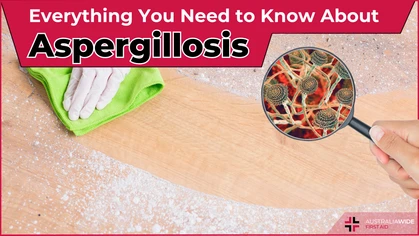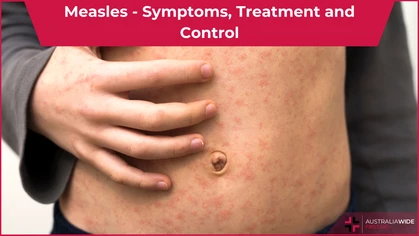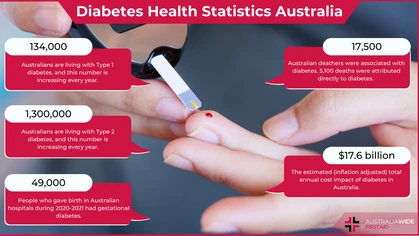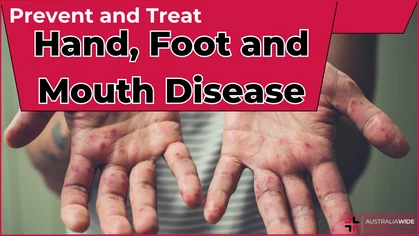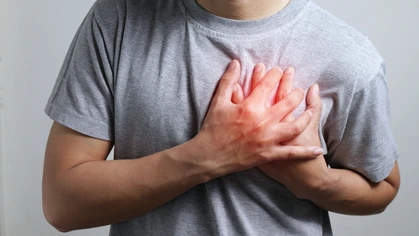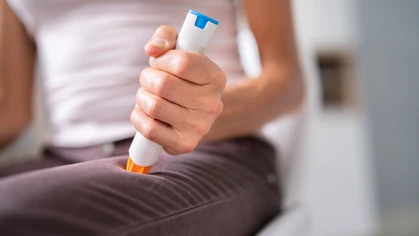National Stroke Week: Celebrating Life's Precious Moments

Disease
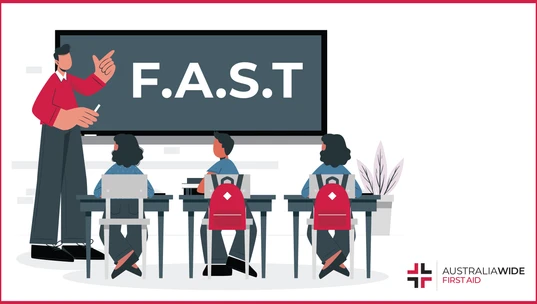
National Stroke Week is an annual campaign run by the Stroke Foundation, Australia. It aims to raise awareness about understanding and preventing stroke. The focus of this year's National Stroke Week is to spread awareness about the F.A.S.T signs of stroke among friends and family.
This week marks National Stroke Week, an annual campaign run by Australia’s Stroke Foundation. During National Stroke Week, the Stroke Foundation aims to raise awareness about identifying and managing the signs of stroke. The focus of this year’s National Stroke Week is to spread the F.A.S.T signs of stroke message among family and friends, so that stroke casualties can continue to enjoy life’s precious moments. To help commemorate National Stroke Week, we are going to take a closer look at the initiative’s history, objectives, and achievements.What is stroke?
Before we take a deep dive into National Stroke Week, it is important to firstly understand what stroke is, and its impact in Australia. According to Healthdirect, a stroke occurs when the blood supply to a part of the brain is suddenly reduced. This prevents the cells in that part of the brain from receiving oxygen and vital nutrients, which can cause them to die and leave the casualty with permanent brain damage. The blood supply to the brain may be disrupted by an arterial blood clot, as in an ischaemic stroke, or when an artery busts, as in a haemorrhagic stroke. As cited by the Stroke Foundation, more than 445,087 Australians are living with the effects of stroke, which can include difficulty speaking, swallowing, or reading; sensory, perceptual, or cognitive problems; and, weakness or paralysis in the limbs.The F.A.S.T signs of stroke
Given that National Stroke Week aims to spread awareness about the signs of stroke, it is also important to understand the F.A.S.T test. The Stroke Foundation recommends using the letters of F.A.S.T to assess whether a person is having a stroke. As cited by the American Stroke Association, the letters of F.A.S.T stand for:- F = Face Drooping: Does one side of the face droop or is it numb? Ask the person to smile. Is the person’s smile uneven?
- A = Arm Weakness: Is one arm weak or numb? Ask the person to raise both arms. Does one arm drift downward?
- S = Speech Difficulty: Is speech slurred?
- T = Time to call Triple Zero (000) if you see any of these signs.
The history of the Stroke Foundation and National Stroke Week
The history of the Stroke Foundation commenced in 1983, when Mr David Brownbill AM, a neurosurgeon, and the late Sir John Holland AC, an engineer, set up a research foundation to improve the treatment of diseases impacting the brain and nervous system. However, in 1996 they focused their sights exclusively on stroke and established the National Stroke Foundation, when stroke emerged as one of Australia’s top health priorities. The ambitions that informed Brownbill and Holland’s early research efforts continue to inform the Foundation’s primary objectives, which are to champion innovative stroke research and treatments; to advocate for widespread access to these innovative treatments; to educate health professionals in delivering best-practice care for stroke sufferers; and, to raise public awareness about preventing and recognising stroke. National Stroke Week helps the Foundation achieve its primary objectives by providing a platform with which to roll out stroke education and awareness to the general public. For instance, the theme of last year’s Stroke Week was “United by Stroke”, and it saw over 3.16 million Australians receive the Foundation’s message to recognise the F.A.S.T signs of stroke and call Triple Zero (000).How you can get involved in National Stroke Week
The aim of this year’s National Stroke Week is to encourage participants to share the F.A.S.T signs of stroke message with their family and friends. That way, stroke casualties can continue to enjoy life’s precious moments with their loved ones during and after their recovery. You can get involved in National Stroke Week by:- Hosting a StrokeSafe speaker. StrokeSafe speakers are volunteers who use their personal experiences with stroke to inform groups or organisations about understanding and preventing stroke.
- Hosting a fundraiser for National Stroke week and to support stroke prevention, treatment, and care.
- Downloading and distributing some of the Stroke Foundation’s free resources to promote your National Stroke Week activity.
Conclusion and recommended resources
National Stroke Week is an annual campaign coordinated by Australia’s Stroke Foundation. This year’s National Stroke Week aims to raise awareness about the F.A.S.T signs of stroke, so that stroke casualties can receive medical attention early, and thereby continue to enjoy more of life’s precious moments. You can get involved in National Stroke Week by hosting a National Stroke Week activity. Meanwhile, to develop the confidence and know-how to treat someone exhibiting signs of stroke, book a First Aid course with us today. And if you are interested in learning more about stroke first aid, check out the following articles in our Resource Library:
Originally published at
https://www.australiawidefirstaid.com.au/resources/national-stroke-week
as part of the Australia Wide First Aid Articles Library



